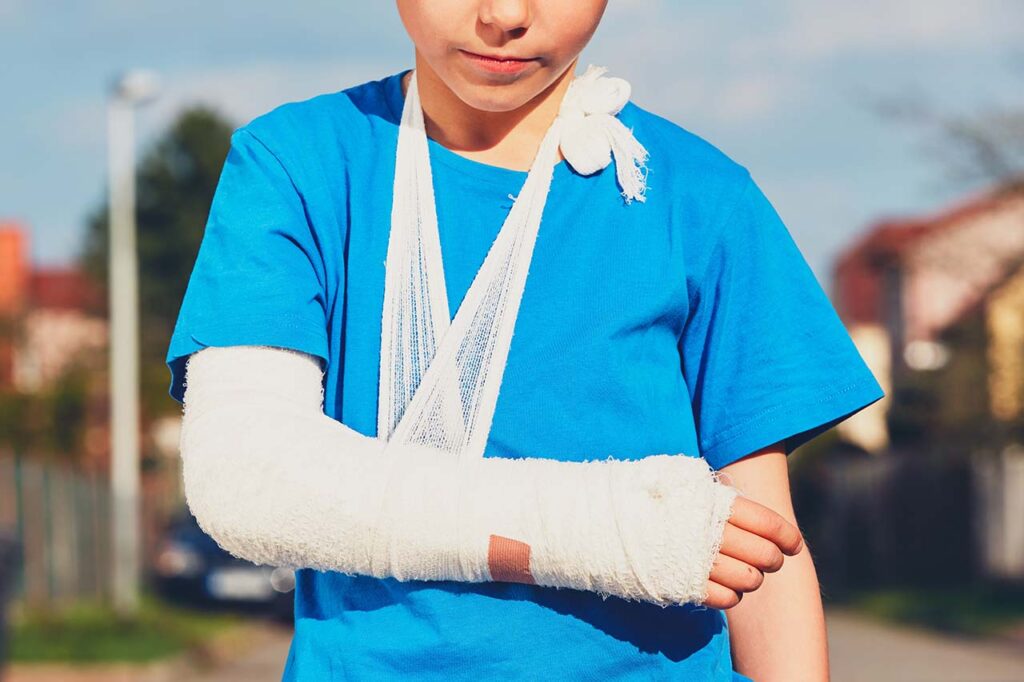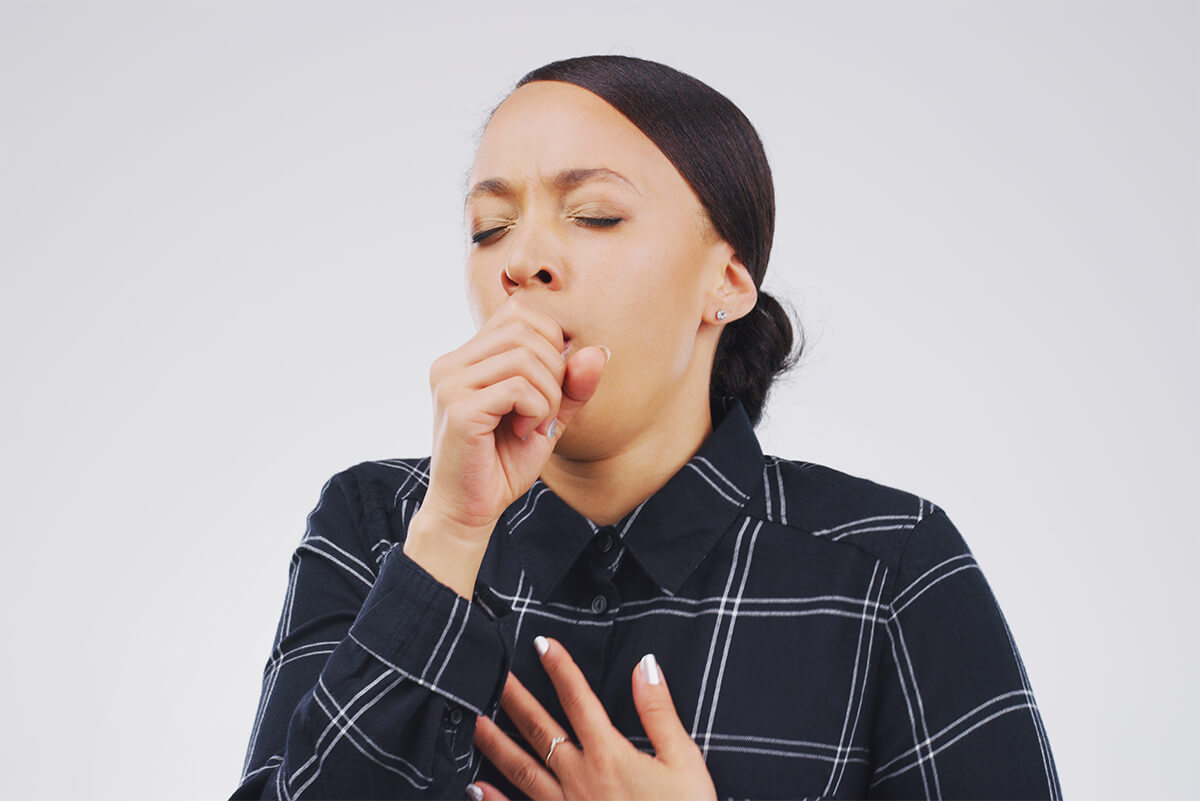
Essential Tips for Managing Kids’ Emergencies
When emergencies happen, it is especially scary when kids are involved. Knowing how to handle these situations can make a big difference. From scraped knees to more serious injuries, being prepared is key to keeping your child safe.
Accidents can happen at any time, whether at home, on the playground, or during sports. As a parent, it’s important to recognize common childhood emergencies and know what to do right away. Quick and effective action can prevent minor injuries from becoming major problems.
At Elitecare, we understand that dealing with a child’s emergency is stressful. That’s why we’re here to help. By learning some simple steps and having the right tools on hand, you can manage emergencies calmly and efficiently. Our goal is to provide you with the knowledge and confidence to handle these situations and keep your child safe.
Recognizing Common Childhood Emergencies
Being able to recognize common childhood emergencies is crucial for keeping our kids safe. Knowing what to look for helps us take quick action and ensures that we’re prepared to handle any situation that arises. Here are some common childhood emergencies to be aware of:
1. Falls and Fractures: Kids love to climb and explore, which can sometimes lead to falls. Signs of a fracture include pain, swelling, and difficulty moving the injured part. If a child falls and cannot put weight on their limb, it might be broken.
2. Cuts and Scrapes: Minor cuts and scrapes are frequent, but some can be more serious. Look for deep cuts that won’t stop bleeding or those that might need stitches. If bleeding doesn’t stop after applying pressure for a few minutes, it’s time to seek help.
3. Choking: Kids can choke on food, small toys, or other objects. Signs of choking include difficulty breathing, coughing, or a whistling sound when they try to breathe. If a child cannot speak, cry, or breathe, it’s a choking emergency.
4. Burns: Burns can happen from hot liquids, fire, or even the sun. First-degree burns cause redness and pain, while second-degree burns lead to blisters and more severe pain. Third-degree burns are the most serious and can damage all layers of the skin.
5. Allergic Reactions: Allergies can cause mild symptoms like a rash or severe reactions like anaphylaxis, which is life-threatening. Watch for difficulty breathing, swelling of the face or lips, and hives spreading quickly.
Immediate Actions to Take When an Emergency Happens
Knowing what to do right away can make all the difference in an emergency. For instance, if a child falls and you suspect a fracture, keep the injured area still. Apply a cold pack to reduce swelling and seek medical attention. Avoid moving the child too much to prevent further injury.
For minor cuts, clean the area with water and apply an adhesive bandage. For deeper cuts, use a clean cloth to apply pressure and stop the bleeding. If bleeding doesn’t stop after a few minutes, or if the cut is deep, seek medical help.
For a choking child, you can perform the Heimlich maneuver. For small children, alternate between back blows and chest thrusts. If the child becomes unconscious, start CPR and call 911 immediately.
If suffering from minor burns, cool the area under running water for several minutes. Do not apply ice directly to the burn. For more serious burns, cover the area with a clean cloth and seek immediate medical help. Avoid breaking any blisters.
If you suspect a serious allergic reaction, use an epinephrine auto-injector if available. Call 911 immediately after administering epinephrine. Keep the child calm and seated while waiting for emergency services to arrive.
Preparing a Child-Friendly First Aid Kit
Having a well-stocked first aid kit that is tailored for children is essential for handling emergencies effectively. A child-friendly first aid kit should contain items that are specifically chosen to address common injuries and emergencies kids might face. Here’s what to include in your kit:
- Basic Supplies: Include adhesive bandages of various sizes, sterile gauze pads, adhesive tape, and elastic bandages. These will help you cover and secure cuts and scrapes.
- Cleaning Supplies: Pack antiseptic wipes, hydrogen peroxide, and antibiotic ointment. These items are important for cleaning wounds to prevent infections.
- Medications: Have children’s pain relievers such as acetaminophen or ibuprofen, as well as an antihistamine for allergic reactions. Include an epinephrine auto-injector if a child has severe allergies.
- Tools and Equipment: Include a digital thermometer, tweezers, scissors, and a pair of disposable gloves. These tools help you manage various emergencies like removing splinters or cutting bandages.
- Comfort Items: Children can get scared during emergencies. Include items like a small toy, a soothing blanket, or stickers to distract and comfort them.
- Instruction Manual: It’s helpful to have a basic first aid guide with instructions on how to handle different emergencies. This can be a great resource if you’re unsure what to do.
By preparing a child-friendly first aid kit, you’ll be ready to handle minor injuries and more serious emergencies quickly. Keeping this kit in an easily accessible place can make a big difference when every second counts.
How Elitecare Can Support You During Pediatric Emergencies
During emergencies, having professional support is crucial. At Elitecare, we specialize in pediatric emergency services, offering round-the-clock care to ensure your child gets the help they need. Our facility is open 24 hours a day, seven days a week, providing immediate medical attention when emergencies happen. Whether it’s a minor injury or a serious condition, our team is always ready to help.
Our doctors and nurses have extensive experience in dealing with children’s emergencies. They know how to interact with kids in a way that reduces fear and makes the treatment process easier. We also use state-of-the-art equipment to diagnose and treat various conditions. Our tools and technology ensure that your child receives accurate and effective care. Our emergency rooms are designed to be welcoming and comforting to children. We have child-friendly décor, toys, and entertainment to help kids feel more at ease.
Beyond emergency treatments, Elitecare offers follow-up care and support. We provide detailed instructions for home care and ensure that you understand the next steps for your child’s recovery.
Be Ready for Kids’ Emergencies at All Times
Handling kids’ emergencies can be nerve-wracking, but being prepared makes all the difference. Recognizing common childhood emergencies and knowing immediate actions to take can protect your child. Preparing a child-friendly first aid kit ensures you have the necessary tools on hand. And when the situation requires professional help, Elitecare is here to support you.
Our commitment is to provide the best possible care for your child during emergencies. By focusing on prevention, immediate response, and professional medical support, we work together to keep your child safe and healthy.
For expert pediatric emergency care in League City, trust Elitecare. Visit Elitecare for peace of mind and the best care for your child. Contact Elitecare today to learn more about our emergency care facility’s services and how we can help in case of an emergency.
















